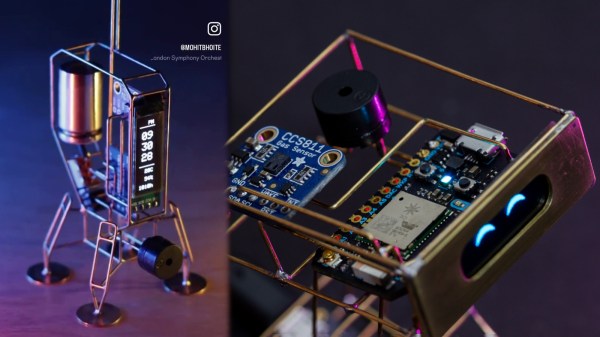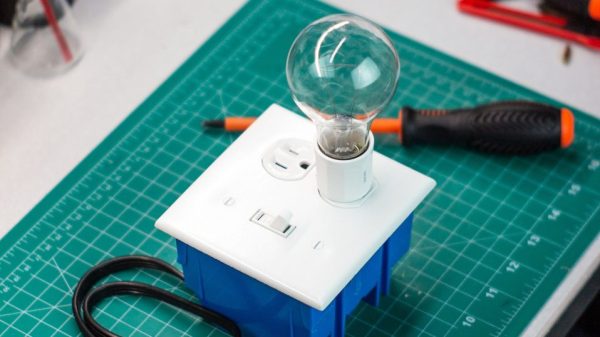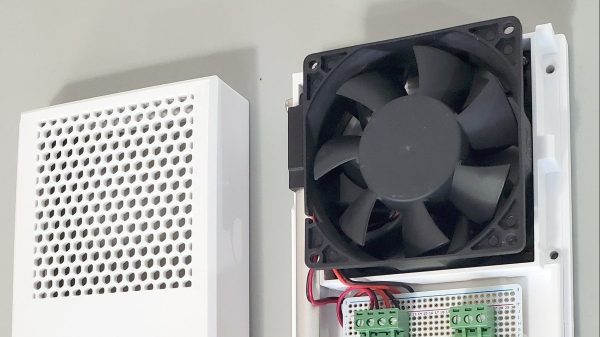Sometimes form can make a project more attractive than its simple function. [Mohit Bhoite]’s free-form builds are great examples of this. His latest effort is a gorgeous little device that displays environmental readings, and it’s shaped like a lunar lander. (Nitter) Just exquisite!
The device is based around a Seeedstudio XIAO nRF52840 dev board. It’s hooked up to a BME280 sensor which delivers temperature, humidity and air pressure readings from the immediate environment. These readings are displayed on a tiny 128×32 OLED display, along with the current time. Power is via a compact 14250 lithium cell.
So far, so simple, but the real magic is in the housing. It’s a wireframe lunar lander lookalike which [Mohit] put together using brass wire and some careful soldering. It adds so much to the build, which wouldn’t be nearly as attractive if just assembled on a PCB. It’s not his first rodeo, either. He previously built a cute device (Nitter) with an animated face in 2019 using similar techniques; it used a CCS811 gas sensor to detect air quality.
Often, we find ourselves falling most in love with devices that please the eye. [Mohit] certainly demonstrates a great skill in building things that fit this brief. Sometimes, it only takes a bit of thought and careful application of the mind to bring a beautiful aesthetic to your projects, and the results can be most rewarding. Try his Hackaday Supercon talk if you want to learn more. Continue reading “Cute Brass Lunar Lander Is A Neat Little Environment Monitor”

















